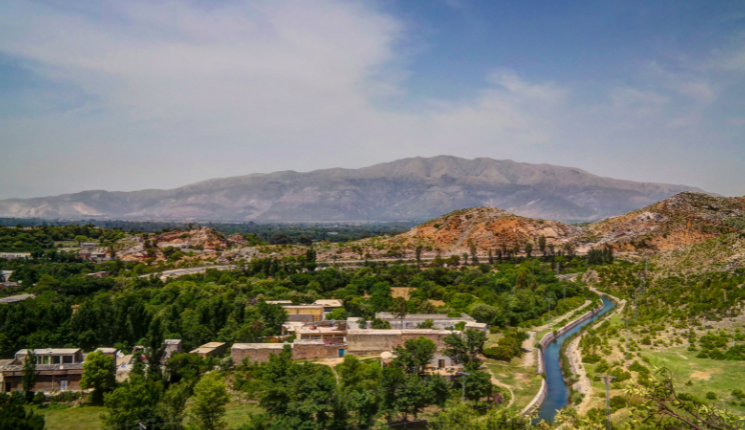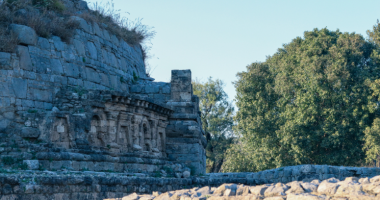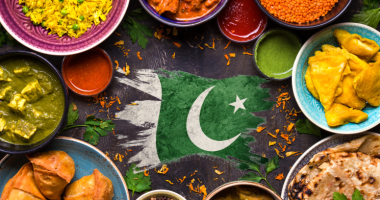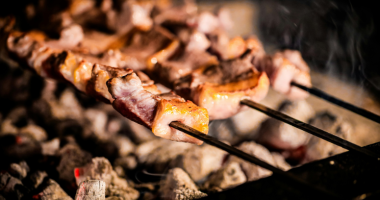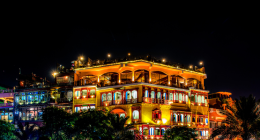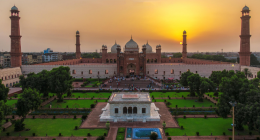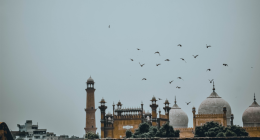If food could speak, Taxila would be a library of flavor. This ancient Pakistani city doesn’t just hold archaeological wonders—it also tells stories through food. Taxila culinary heritage reveals centuries of flavors shaped by Buddhist monks, Mughal emperors, and local farmers. Today, you can still taste those ancient influences in every dish served around this historic land.
So, come hungry and curious, because what’s cooking in Taxila is not just about recipes—it’s about reviving the tastes of civilization itself.
Taxila Culinary Heritage and Ancient Gandharan Food
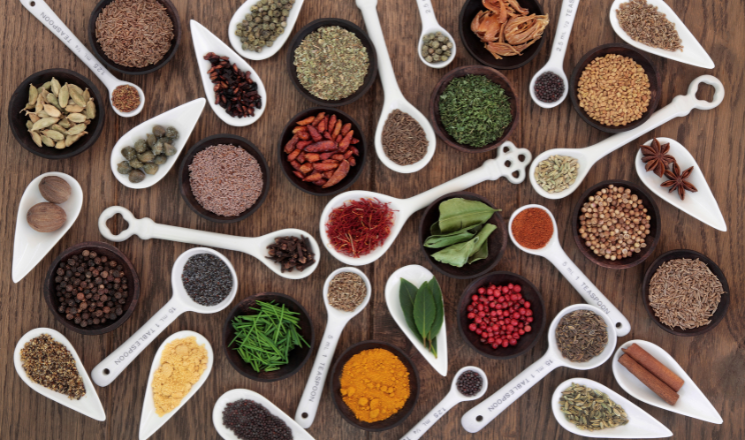
Taxila’s history stretches back more than 2,500 years. As the heart of the ancient Gandhara civilization, it welcomed travelers, traders, monks, and scholars from across Asia. Naturally, those exchanges brought spices, seeds, and cooking styles with them.
The early diet of the Gandharan period leaned toward simplicity. People enjoyed lentils, barley, and seasonal vegetables, often paired with yogurt and flatbreads. Interestingly, archaeologists at the Taxila Museum have uncovered ancient clay pots and grinding stones that hint at the food preparation techniques of that time.
Even now, local homes in nearby villages still use similar tools—like stone grinders (sil-batta)—to prepare meals. That’s how tightly the Taxila culinary heritage clings to its roots.
Flavors Preserved in Traditional Taxila Dishes
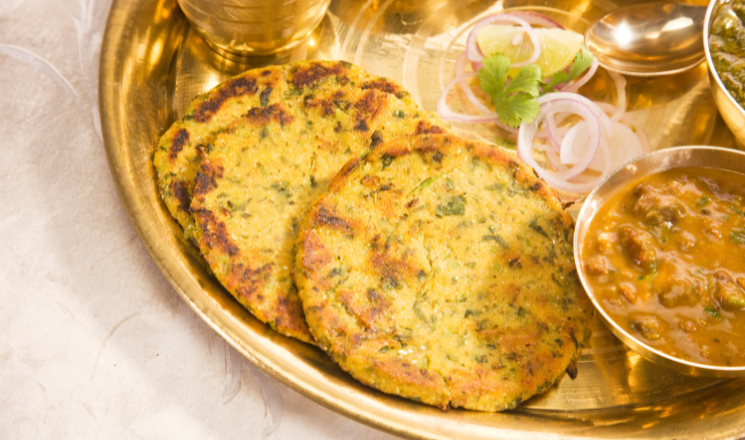
The moment you walk into a rural kitchen or roadside dhaba in Taxila, you’ll sense something unique. Recipes here are not trendy—they’re timeless. Meals like saag (mustard greens), makai ki roti (cornbread), and dhal mash (lentils) reflect the kind of food that nourished ancient communities.
In many homes, people still cook on wood-fired clay stoves, which infuse a smoky aroma that gas burners simply can’t replicate. You’ll also notice how locals prefer seasonal ingredients. Nothing gets wasted, and every dish carries cultural weight.
These dishes do more than satisfy hunger—they carry memories passed down for generations. That’s exactly what makes Taxila culinary heritage so meaningful.
Mughal Touches on Taxila’s Culinary Landscape
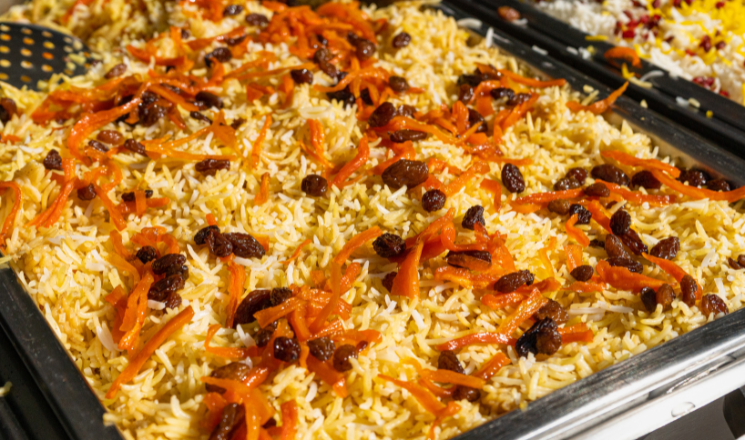
As centuries passed, the Mughal Empire brought new flavors to the region. Rich gravies, fragrant rice dishes, and grilled meats became part of Taxila’s expanding culinary identity.
Today, Taxila’s korma, pulao, and seekh kebabs offer a unique blend of subtle Gandharan restraint and Mughal luxury. But here’s the twist: unlike urban variations, Taxila’s Mughal dishes still use clay pots, natural wood fires, and locally sourced spices.
For example, traditional cooks in the area still use hand-ground garam masala, dried plums, and crushed almonds—ingredients that the Mughals loved. That blend of heritage and hospitality continues to shape the flavors you’ll find in Taxila’s kitchens today.
Where to Explore Real Taxila Culinary Heritage
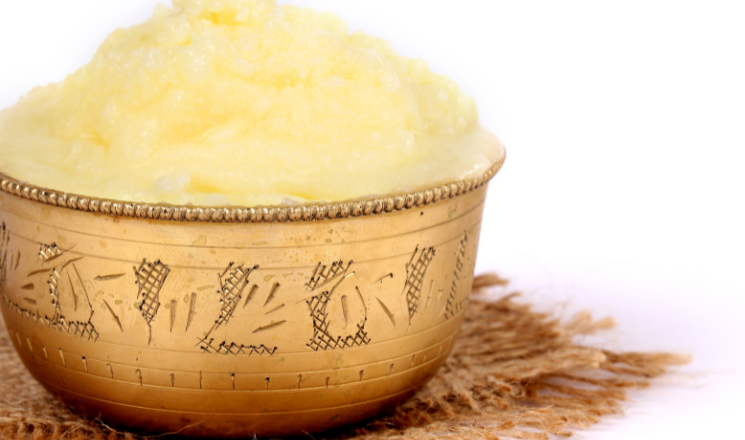
So, where can you eat like a local and experience this historic flavor firsthand?
Start near Bhir Mound or Jaulian Monastery, where family-run eateries offer meals straight from grandma’s recipe book. Unlike chain restaurants, these places stick to ancient methods. You can often see naan baked in clay tandoors or kebabs grilled over open flames.
Don’t skip the small towns and villages on the outskirts either. There, women often prepare fresh buttermilk, hand-churned desi ghee, and fermented achar (pickles) that would make their ancestors proud.
For foodies, apps like FoodieTrails Pakistan or halal locator Zabihah can guide you to the most authentic dining spots near historical landmarks.
Seasonal Foods in Taxila’s Food Culture
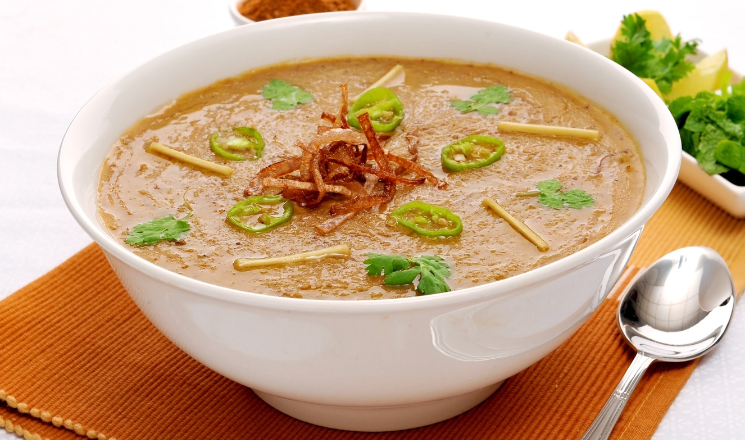
Seasons have always played a big role in shaping Taxila culinary heritage. In spring, fields burst with mustard greens, spinach, and herbs, inspiring dishes like sarson ka saag. As summer rolls in, lighter foods take center stage—think chickpea salads, lassi, and cooling cucumber raita.
Winter is the time for hearty meals like nihari, haleem, and spiced lentil soups, all slow-cooked for hours. During religious holidays and festivals like Eid and Basant, sweet dishes such as sheer khurma, halwa, and kheer bring families together.
Each season brings fresh color to the table, proving that food is more than survival—it’s celebration.
Old-School Techniques Powering Heritage Flavors
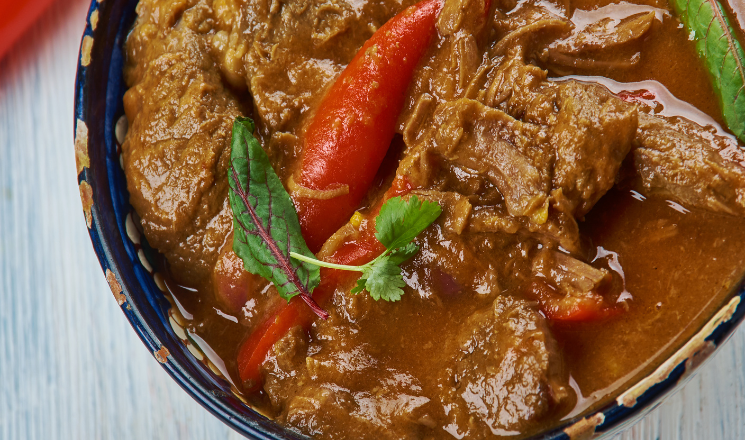
A big part of preserving Taxila culinary heritage lies in sticking to traditional cooking methods. Let’s face it, slow food tastes better.
Take dum pukht cooking, where meals are sealed in clay pots and slow-cooked to perfection. This method enhances flavor, locks in moisture, and ties us back to the Mughal-era kitchen.
Then there’s the use of charpoy-style dining—families sitting around a low table, sharing food from one large platter. That setup isn’t just comfortable; it keeps the tradition of communal eating alive, especially in rural households.
And yes, many still grind spices with their hands, refusing to trade taste for convenience.
The Role of Food in Cultural Identity
In Taxila, food does more than fill bellies. It connects generations and tells stories of migration, spirituality, and evolution.
Every meal teaches something. Young kids learn how to cook by watching their elders. Farmers pass on seed-saving knowledge. Women preserve old family recipes with pride. Food is the thread that keeps culture intact, even as the world changes.
Ask any elder in Taxila, and they’ll share a food story. “This roti recipe came from my grandmother,” or “We always make this dish at weddings.” In many cases, these traditions have survived more than war, colonization, and change.
Reviving and Sharing Taxila Culinary Heritage
Thankfully, efforts to protect Taxila culinary heritage are growing stronger. The Taxila Institute of Asian Civilizations (TIAC) runs outreach programs, while local chefs and food bloggers document ancestral recipes and techniques.
On social media, young cooks are proudly sharing photos and videos of their family’s food traditions. You’ll find TikToks of hand-kneading dough, reels showing slow-cooked biryani, and Instagram posts of vintage copperware used for serving.
Community festivals and workshops now spotlight local dishes, with elders leading live cooking demonstrations. Even schools are starting to include food history in their cultural lessons.
Why Taxila Culinary Heritage Still Matters
In a fast-food world, the slow-cooked richness of Taxila’s food culture stands out. That’s what makes it important to preserve.
These meals tell stories of the past while grounding people in the present. From Buddhist monasteries to Mughal palaces, each era added depth and detail to what we now call Taxila culinary heritage. And that’s something worth tasting, remembering, and sharing.
Because at the end of the day, heritage isn’t just in museums—it’s in kitchens, spice jars, and the hands of the people who still believe in feeding the soul.
Final Bite: Where History Meets Flavor
So next time you visit Taxila, don’t just tour the ruins—eat your way through history. Taste the saag simmered in copper pots. Smell the biryani made with wood-fired rice. Talk to locals and listen to how their food connects them to centuries gone by.
Every dish tells a story. And every bite is a reminder that Taxila isn’t just about stone statues and broken temples—it’s alive, warm, and flavorful.
So grab a plate, and dig into the Taxila culinary heritage that’s been cooking for over two millennia.

